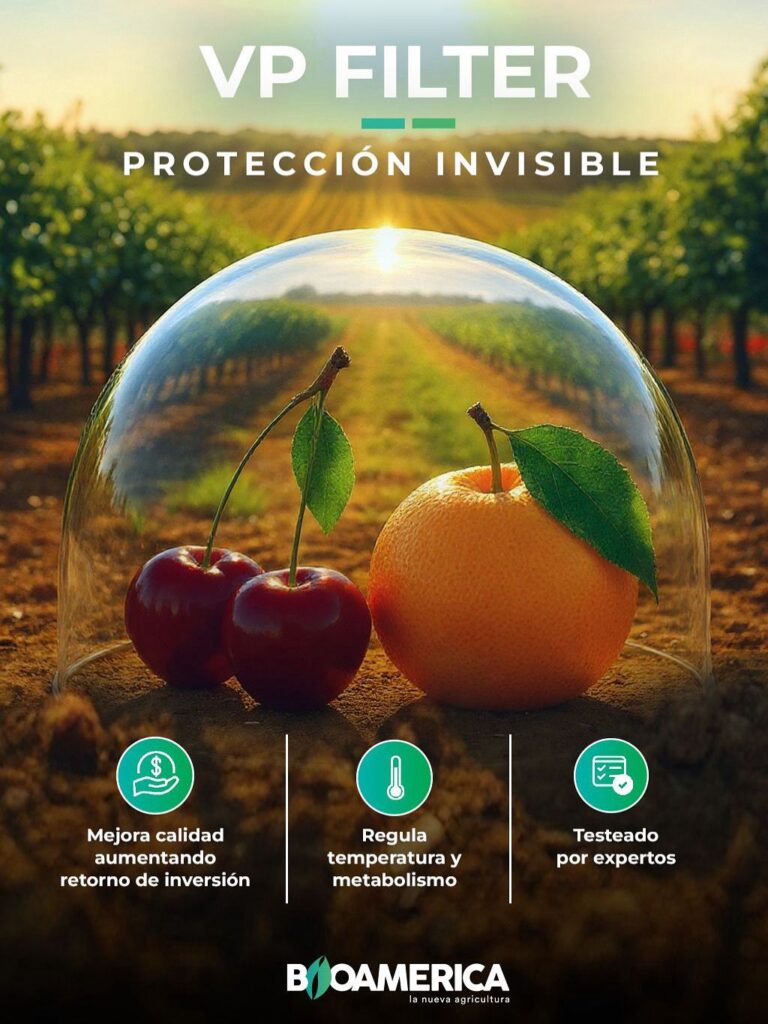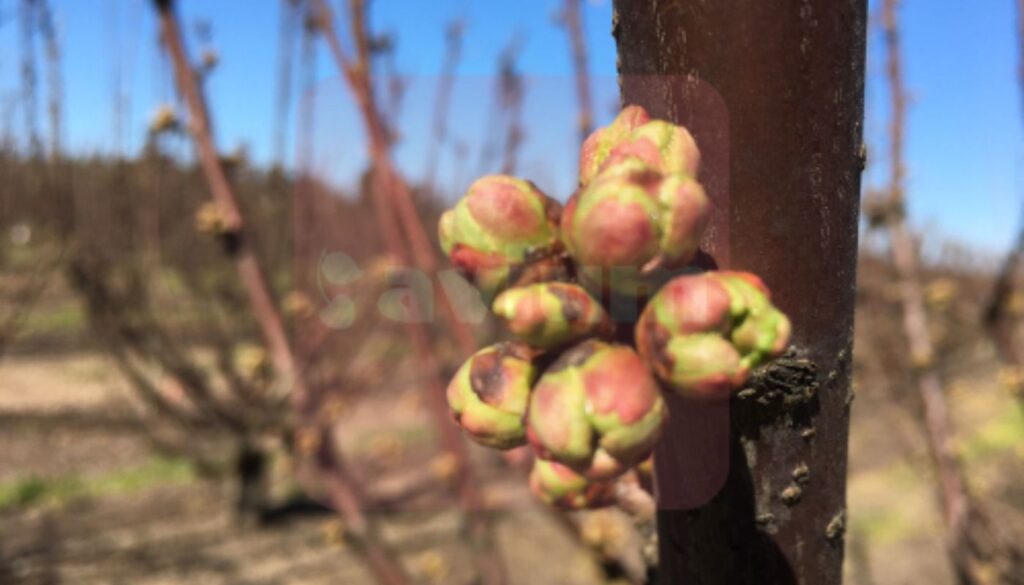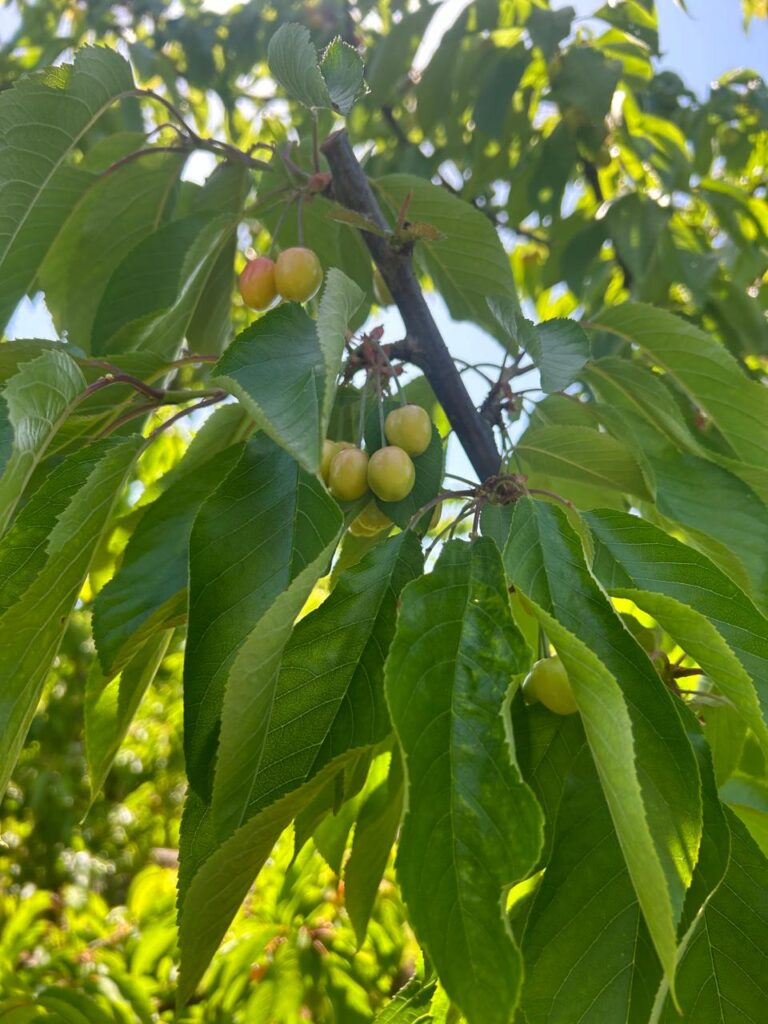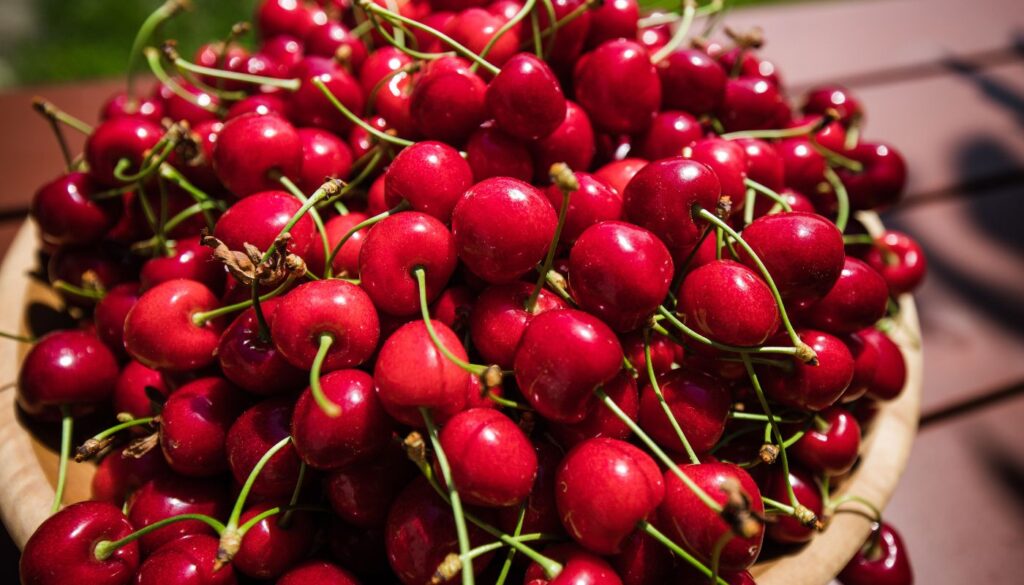A serious problem worldwide is the slower growth of agricultural and fruit production compared to the increase in population, which means that food production is not sufficient to meet the growing demand. In this regard, losses caused by weeds in crops are becoming very important, and it is essential to increase the productivity of areas suitable for agricultural and fruit production in particular.
The damage caused by weeds not only includes a decrease in production, deterioration of productive areas, and an increase in soil movement. In addition, weeds are hosts to pathogens such as fungi, viruses, nematodes, insects, and mites.
Weed control has been one of the most expensive practices in agriculture due to its labor consumption.
The development of fruit, and particularly of cherry trees in our country, has meant that many areas of extensive crops or pastures have been replaced by plantations, with the need to efficiently manage the various weed populations that producers must face.

Weeds can be grouped according to different criteria, such as habitat, life cycle, morphology or physiology, to name a few. In all cases, the negative effects of weeds on crops take into account: competition for production factors (light, water, nutrients) and/or allelopathy (interaction of organic substances secreted by plants at the root level). The competition that weeds exert on fruit species over production factors will be greater in newly established plantations or young orchards.
An optimal weed control strategy in cherry trees must initially consider prevention and eradication, and subsequent weed management, which must consider all cultural practices (manual and mechanical methods), physical, biological and chemical methods, aimed at reducing their incidence, minimizing the damage that weeds can cause on farms.
Chemical control offers effective, timely and often more economical weed control when compared to other control methods. Of course, herbicides are excellent tools that must be used appropriately, taking care of the environment and avoiding potential phytotoxicity problems that their misuse could cause.
About Roundup ControlMax:
Among the herbicides that act mainly when applied to foliage, Roundup ControlMax is applied only to weeds, in post-emergence, preventing the spray of the product from coming into contact with the fruit species, in this case cherry trees.
The formulation of Roundup ControlMax allows it to be the most concentrated herbicide based on the active ingredient glyphosate on the market, containing 792 grams of Glyphosate Monoammonium/kg of commercial product, which represents 720 g of acid equivalent/kg, the above determines that lower doses of commercial product/ha should be used, both for the control of mono or dicotyledonous weeds.
Roundup ControlMax belongs to category IV of toxicity, so its green color band makes it a product with the highest levels of safety for the applicator, following the precautionary measures contained on the product label.
If you want to know more about Bayer and its products, visit their page www.cropscience.bayer.cl, or check out their minisite at Smartcherry.










